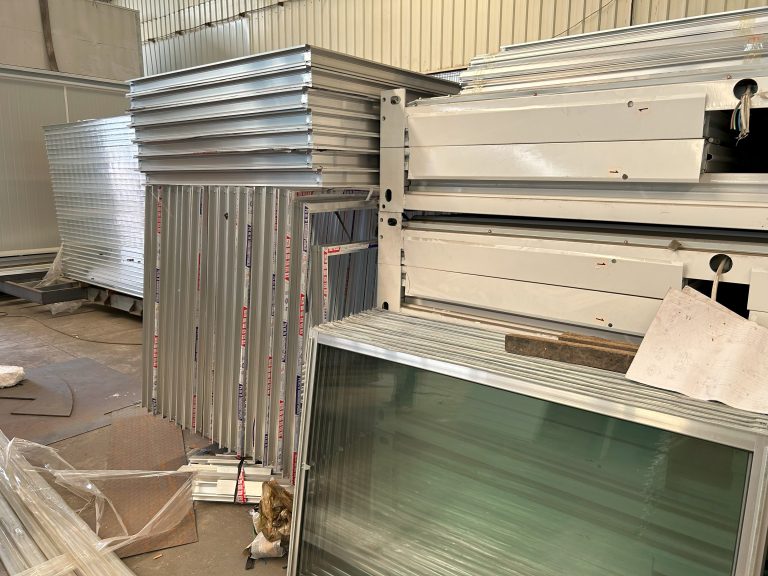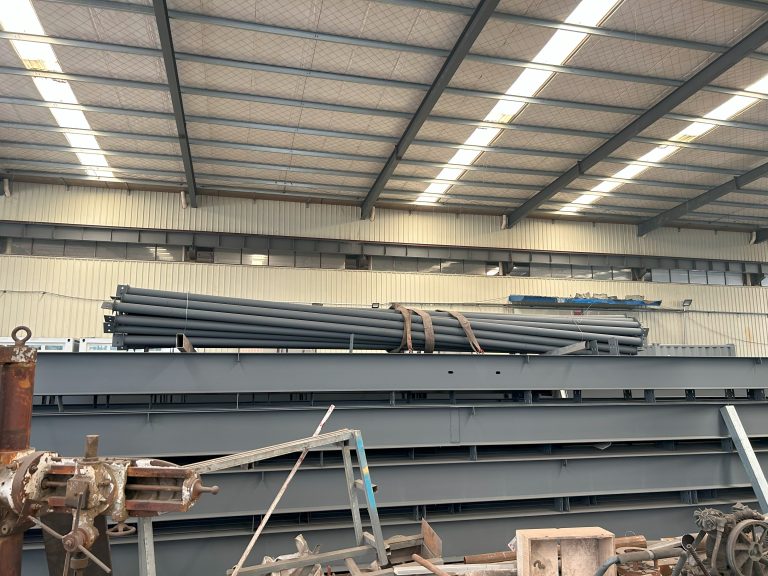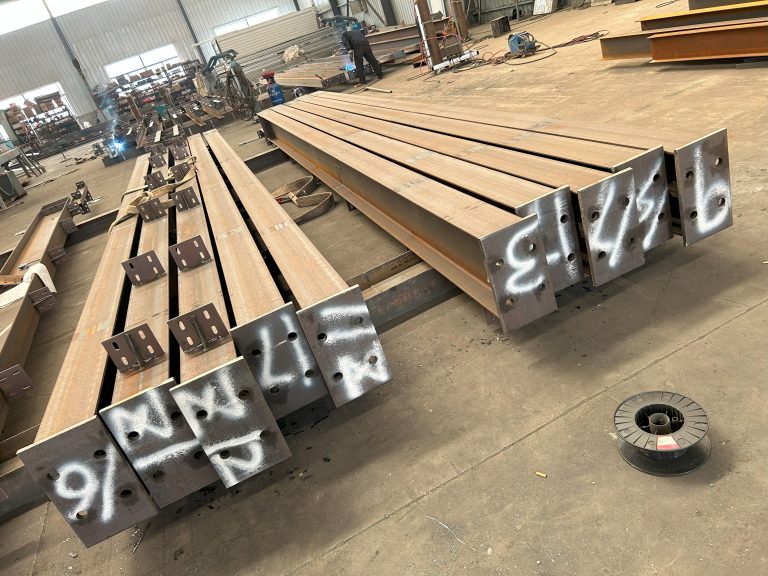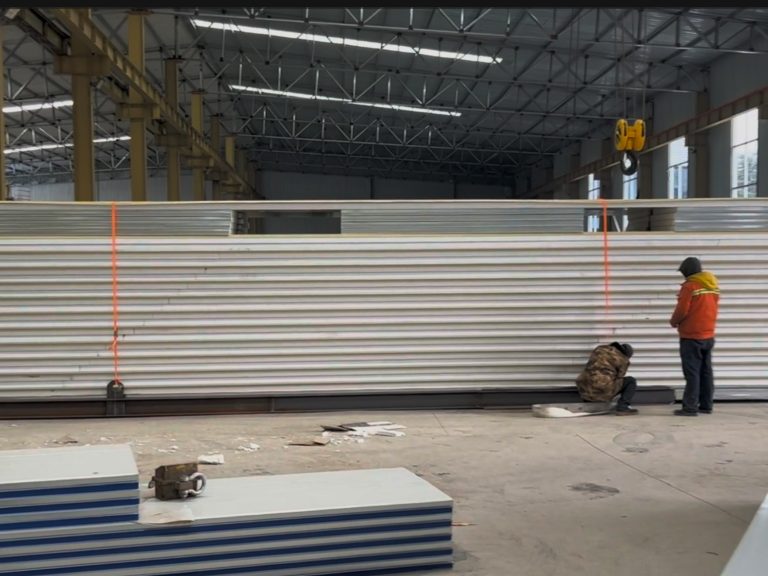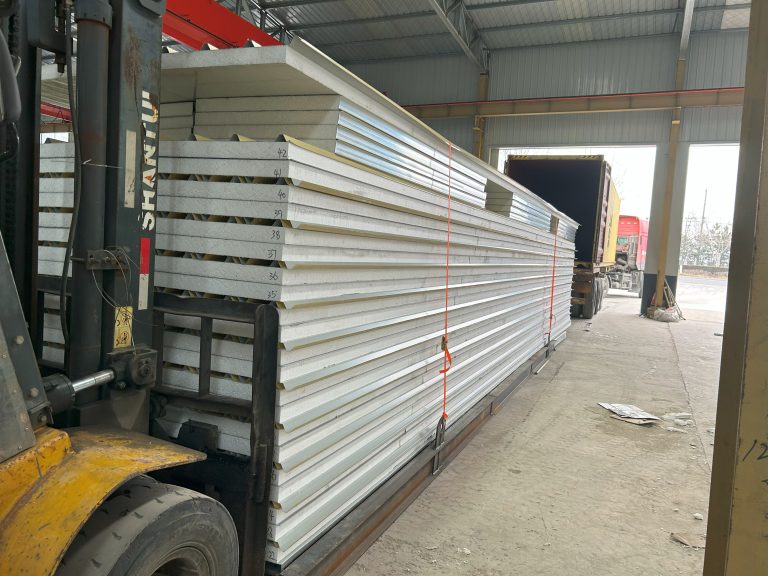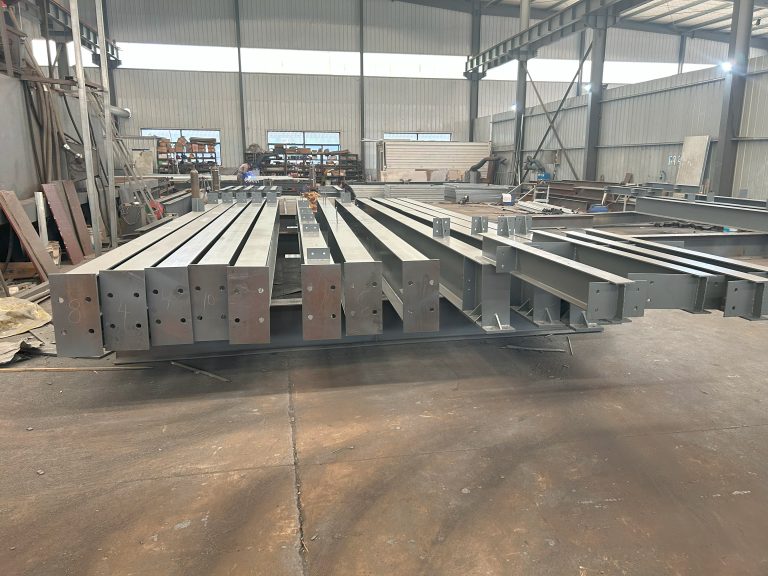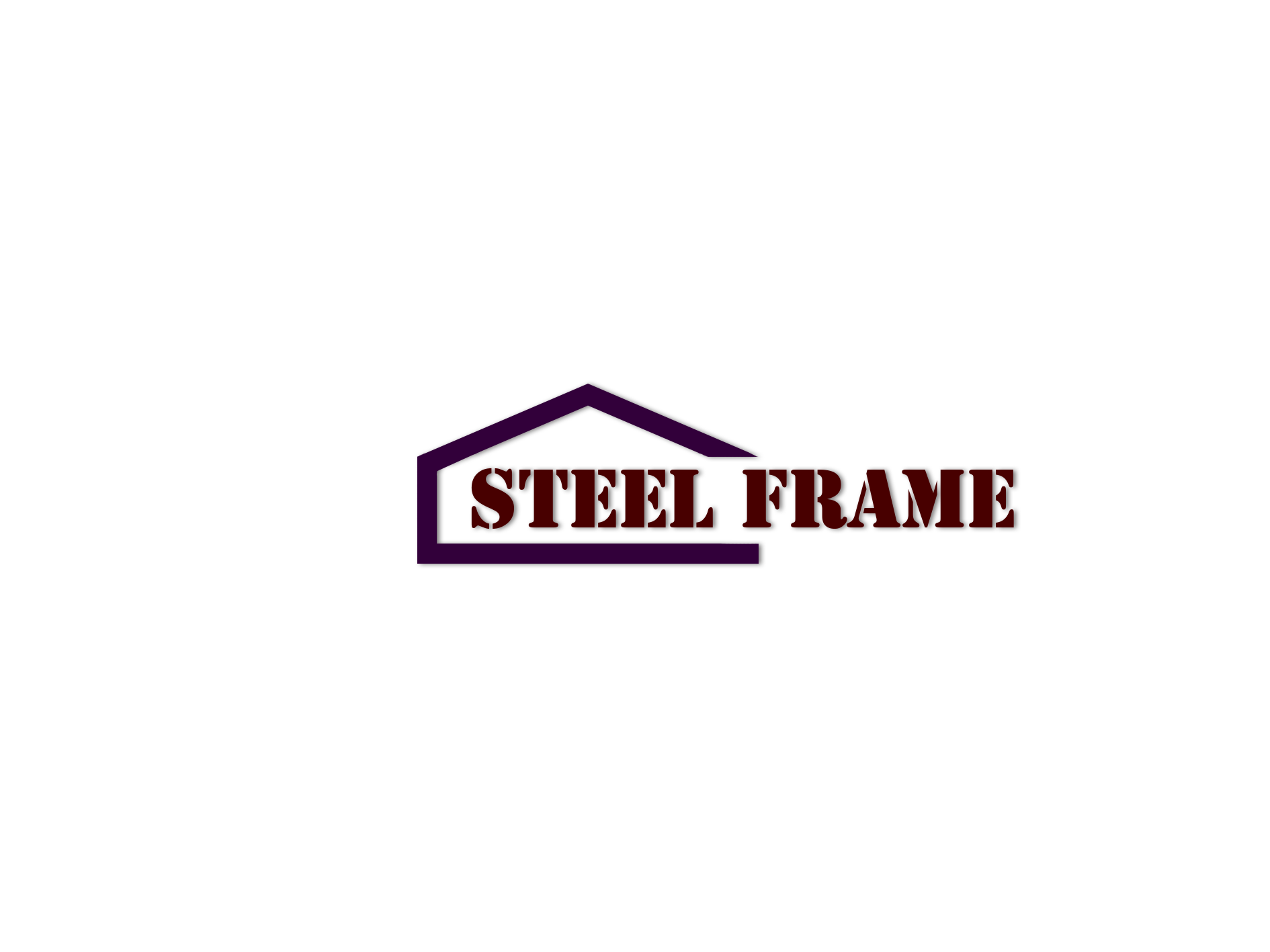Integrated application of steel structure in intelligent transportation system
Table of Contents
Benefits of Using Steel Structures in Intelligent Transportation Systems
Steel structures have long been a popular choice for various construction projects due to their durability, strength, and versatility. In recent years, the integration of steel structures in intelligent transportation systems has become increasingly common. This trend is driven by the numerous benefits that steel structures offer in the context of intelligent transportation systems.
One of the key benefits of using steel structures in intelligent transportation systems is their ability to support heavy loads. Steel is known for its high strength-to-weight ratio, making it an ideal material for supporting large structures such as bridges, tunnels, and overpasses. This strength allows steel structures to withstand the heavy traffic loads that are common in transportation systems without compromising safety or stability.
In addition to their strength, steel structures are also highly durable and resistant to corrosion. This makes them well-suited for use in outdoor environments where they may be exposed to harsh weather conditions, such as rain, snow, and extreme temperatures. The longevity of steel structures helps to reduce maintenance costs and ensures that the transportation system remains operational for years to come.
Furthermore, steel structures are easy to fabricate and install, which can help to reduce construction time and costs. Prefabricated steel components can be manufactured off-site and then assembled on-site, allowing for faster construction and minimal disruption to traffic flow. This efficiency is particularly important in the context of intelligent transportation systems, where minimizing construction time is crucial to maintaining the efficiency of the system.
Another benefit of using steel structures in intelligent transportation systems is their adaptability and flexibility. Steel can be easily modified or expanded to accommodate changes in traffic patterns or infrastructure needs. This flexibility allows transportation systems to evolve and grow over time without the need for extensive reconstruction or replacement of existing structures.
Moreover, steel structures can be designed to integrate seamlessly with intelligent transportation technologies, such as sensors, cameras, and communication systems. These technologies rely on stable and secure infrastructure to function effectively, and steel structures provide the necessary support for their installation and operation. By incorporating steel structures into intelligent transportation systems, cities can enhance the efficiency and safety of their transportation networks.
In conclusion, the integrated application of steel structures in intelligent transportation systems offers numerous benefits, including strength, durability, efficiency, adaptability, and compatibility with advanced technologies. These benefits make steel structures an ideal choice for supporting the infrastructure of modern transportation systems. By leveraging the advantages of steel, cities can create safer, more efficient, and more sustainable transportation networks that meet the needs of their growing populations.
Case Studies of Successful Integration of Steel Structures in Intelligent Transportation Systems
Steel structures have long been a staple in the construction industry due to their durability, strength, and versatility. In recent years, the integration of steel structures in intelligent transportation systems has become increasingly popular due to the numerous benefits they offer. This article will explore the successful integration of steel structures in intelligent transportation systems through various case studies.
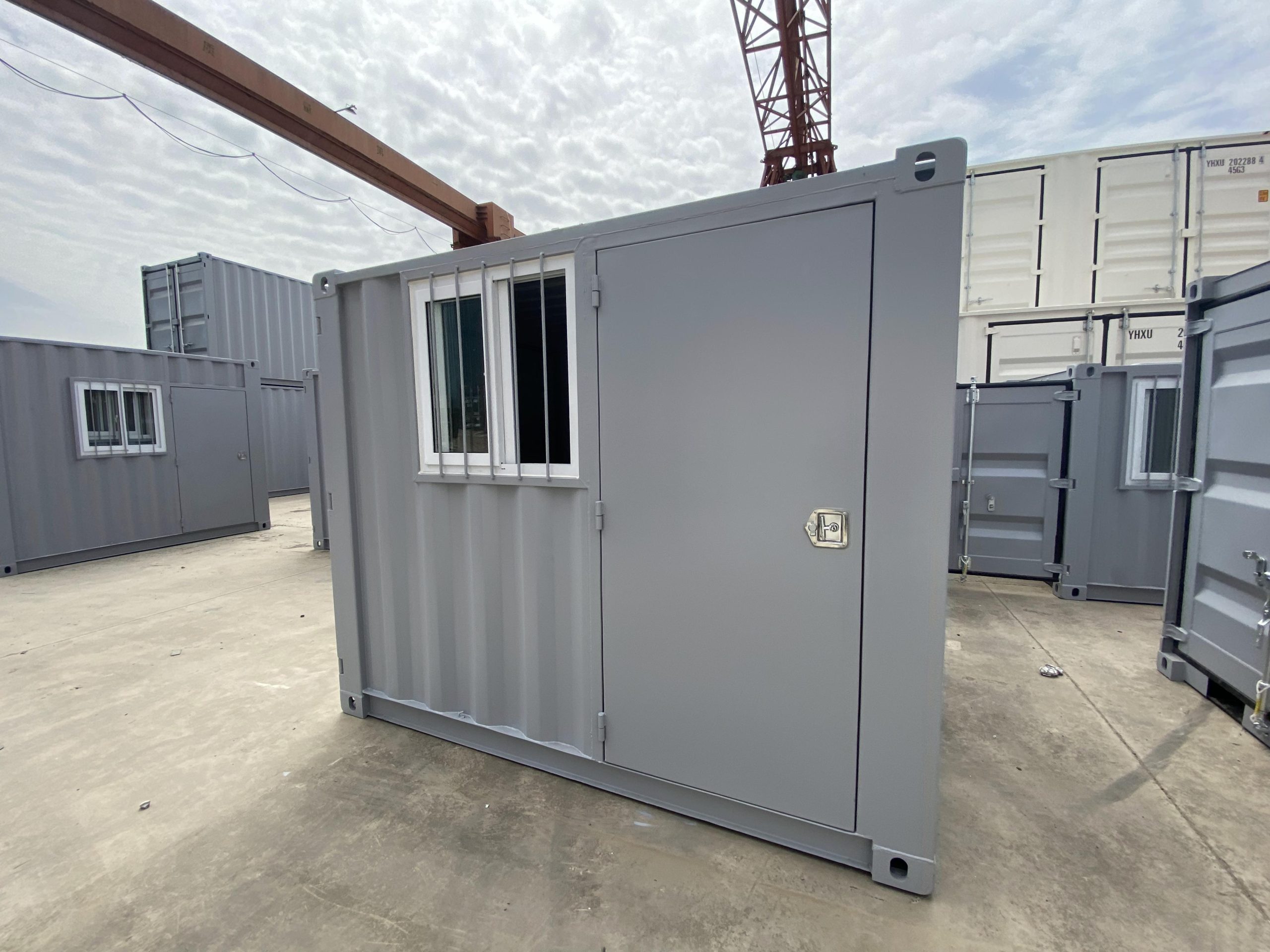
One notable case study is the use of steel structures in the construction of bridges for intelligent transportation systems. Steel bridges are known for their high strength-to-weight ratio, which allows for longer spans and reduced construction time. This was exemplified in the construction of the Margaret McDermott Bridge in Dallas, Texas. The bridge, which spans the Trinity River, features a steel arch that not only provides structural support but also serves as a visual landmark for the city. The use of steel in this project allowed for the bridge to be constructed quickly and efficiently, minimizing disruption to traffic flow.
Another successful integration of steel structures in intelligent transportation systems can be seen in the construction of elevated highways. Steel girders are commonly used in the construction of elevated highways due to their ability to support heavy loads over long spans. One example of this is the construction of the Alaskan Way Viaduct Replacement Tunnel in Seattle, Washington. Steel girders were used to support the elevated highway, allowing for the efficient movement of traffic through the city while minimizing the impact on the surrounding environment.
Steel structures have also been integrated into intelligent transportation systems through the construction of transit stations. Steel can be used to create aesthetically pleasing and functional structures that enhance the overall design of transit stations. The Union Station Transit Center in Denver, Colorado, is a prime example of this. The transit center features a steel canopy that provides shelter for passengers while also serving as a striking architectural feature. The use of steel in this project not only added to the visual appeal of the transit center but also ensured its durability and longevity.
In addition to bridges, elevated highways, and transit stations, steel structures have been successfully integrated into intelligent transportation systems through the construction of tunnels. Steel linings are commonly used in tunnel construction to provide structural support and prevent collapse. The use of steel linings was crucial in the construction of the East Side Access project in New York City. Steel was used to line the tunnels, ensuring their stability and safety for passengers traveling through them.
Overall, the integration of steel structures in intelligent transportation systems has proven to be a successful and beneficial practice. Steel structures offer numerous advantages, including durability, strength, and versatility, making them ideal for use in transportation infrastructure. Through various case studies, it is evident that steel structures have been effectively integrated into bridges, elevated highways, transit stations, and tunnels, enhancing the functionality and aesthetics of intelligent transportation systems.
As cities continue to grow and evolve, the demand for efficient and sustainable transportation systems will only increase. The integration of steel structures in intelligent transportation systems will play a crucial role in meeting this demand, providing safe and reliable infrastructure for commuters. By learning from successful case studies and implementing best practices, cities can continue to leverage the benefits of steel structures in their transportation systems, ensuring a smooth and efficient flow of traffic for years to come.

